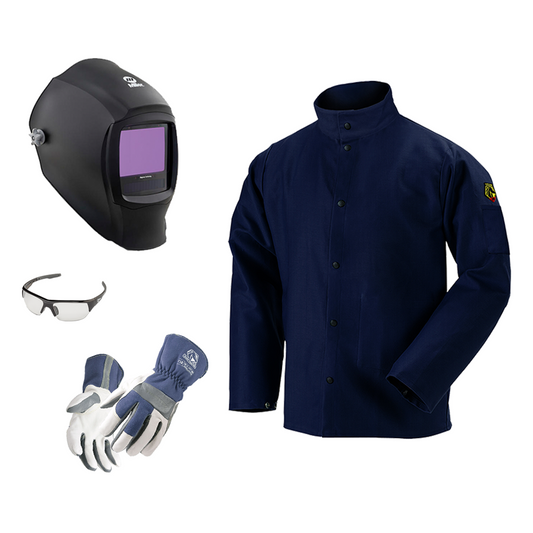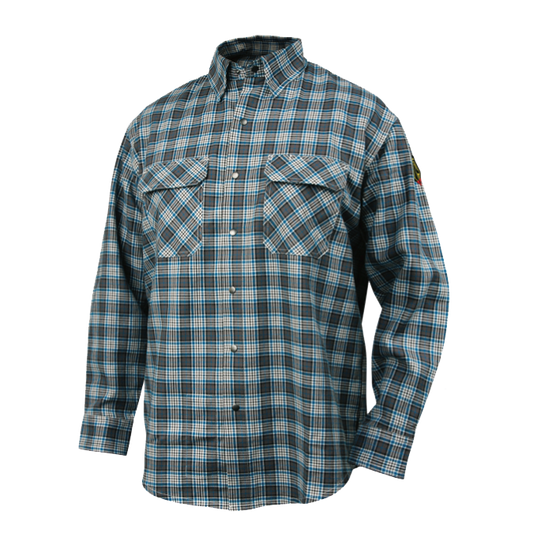Cast iron is very versatile and is used in hundreds, if not thousands, of industrial products. The reason is that cast iron is fairly inexpensive, is hard, and is resistant to wear and tear. Cast iron is available in many compositions and grades, just like steel is. It is a common belief that cast iron is brittle but that is not true of all kinds of cast iron.
Cast iron is an iron-carbon alloy (again like steel) but in some properties, composition, and structure it is nothing like steel. Not all grades of cast iron are weldable, and with those grades that are, there are challenges that welders face that they would not encounter if they were welding steel.
Cast iron is not pure iron and there is actually less iron in any form of cast iron than there is in steel that is low-carbon (that could be 98% iron). Nearly every form of cast iron has over 2% carbon and some have up to 4%. Cast iron also has small amounts of phosphorous and sulphur, .5 to .8% manganese and 1.2 to 2.5% silicon.
So what makes the challenge for welders? It is the high percentage of carbon. That high percentage makes cast iron different than steel in many properties. In steel that is finished, the carbon joins with iron to make iron carbides. These might be in grains of pearlite, cementite, or scattered around the steel as carbide. (This may seem useless, but it really is quite important to understanding how cast iron welding works). Most of the carbon in cast iron is not in a combined form. It might be graphite for example. The main difference in the different kinds of cast iron is what form the graphite will turn into when the iron is finished.
Gray iron is a more general type of cast iron and is the one that is used the most widely. It’s called gray iron because the fractured metal is gray, and that helps to distinguish it from white iron, which is a form where all the carbon is combined. Gray irons have graphite that takes the shape of flakes and are machinable. They can be hard, and the strongest grades have double the strength of the weakest ones. Gray iron is often cast in sand molds where it is allowed to cool. Hardness can be increased or decreased with heat treatments. One place you’ll see gray iron is in diesel and gasoline engine blocks.
White iron is like gray in composition but allowed to cool fast, and this makes a malleable iron. White iron is often used in some kinds of dies, plowshares, and railroad car wheels.
Gray cast iron can be welded using fusion welding. The iron has to be preheated and the temperature varies depending on whether you use arc welding or oxy-acetylene welding. Repair jobs often use oxy-acetylene braze welding while arc welding is used where fusion is needed. White iron is not normally welded because the heat can change the properties of it. Normally welding is only done on white iron if it is to be made into malleable iron, which is used when lots of strength is needed.
Cast iron is hard to weld and some say it is like playing golf – there will be times it will go great and times it will not. The actual environment that the cast iron that you are going to be welding was made in has a lot to do with whether or not it will be easy to work with. For example, exhaust manifolds are full of carbon where they have been heated, cooled, and exposed to fuel exhaust, making them very difficult to weld whereas fixing something like a cast iron stove is simple because it hasn’t been exposed to such things. It can also crack, hence the need for preheating.




